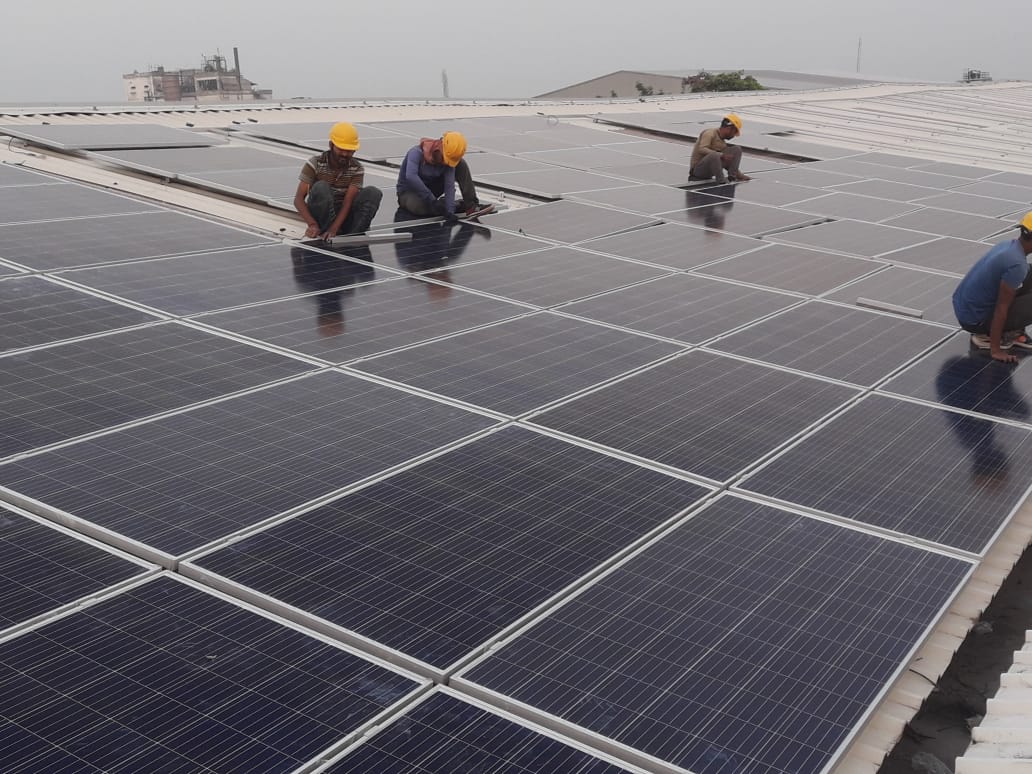Trends and Innovation in Commercial Solar Installation Technology
As the world strives for cleaner, more sustainable energy sources, solar power stands out as a leader in the quest for a greener future. Advancements in solar technology, driven by innovations in materials and manufacturing processes, have led to greater efficiency and accessibility. These developments are not only reshaping the renewable energy landscape but also offering promising prospects for a more sustainable future. Let us take a closer look at all the trends and innovations.
Trends and Innovation in Commercial Solar Installation Technology
Some of the major trends and innovations in commercial solar installation are as follows:
High-Efficiency Solar Panels:
- Researchers are focusing on enhancing solar panel efficiency.
- Next-generation technologies like tandem and perovskite solar cells are being explored.
- These innovations aim to improve electricity generation and reduce costs.
Bifacial Solar Panels:
- Bifacial panels can capture energy from both front and rear sides.
- They are more efficient than traditional single-sided panels.
- Bifacial panels are ideal for utility-scale installations.
Flexible And Lightweight Solar Panels:
- There is a growing demand for flexible and lightweight solar panels.
- These panels can be used on curved surfaces and integrated into various applications.
- They enhance the versatility and accessibility of solar energy.
Energy Storage Solutions:
- Efficient energy storage solutions are crucial for consistent power supply.
- Emerging technologies like solid-state batteries offer higher energy density and longer lifespans.
- These technologies are promising for storing excess solar energy.
Solar Tracking Systems:
- Solar trackers maximize sunlight exposure by adjusting panel angles.
- They enhance energy yields and the efficiency of solar farms.
- Solar trackers are increasingly used in large-scale installations.
IoT And Smart Solar:
- IoT integration allows for remote monitoring and real-time adjustments.
- These adjustments are based on weather conditions, increasing energy efficiency.
- Smart solar solutions reduce operational costs and improve system reliability.
Advanced Inverters:
- Advanced inverters convert DC electricity from solar panels into usable AC electricity.
- They improve efficiency, power quality, and grid integration.
- Advanced inverters contribute to the stability and reliability of solar power systems.
Solar-Integrated EV Charging:
- Solar panels integrated into EV charging stations enable clean energy charging.
- This reduces carbon emissions and the environmental impact of transportation.
Floating Solar Farms:
- Floating solar farms conserve land space and benefit from water cooling.
- They enhance solar panel efficiency, especially in regions with limited land availability.
Solar Power For Hydrogen Production:
- Solar energy is used for electrolysis to split water into hydrogen and oxygen.
- The generated hydrogen can be stored and used for various applications, including fuel cells.
With emerging trends offering innovative solar energy solutions, and reducing our carbon footprint while meeting the world's growing energy needs, the future of sustainable solar energy looks promising. Cleaner, more sustainable energy futures are being paved with high-efficiency solar panels, flexible designs, and energy storage solutions.
As these trends evolve, they hold the promise of transforming the energy landscape and contributing to a greener world. Our perception of energy and its role in the modern world is changing as solar power becomes more accessible and versatile. In addition to accelerating the transition to renewable energy sources, streamlining the permitting and engineering processes will have a positive effect on the environment and the economy.


